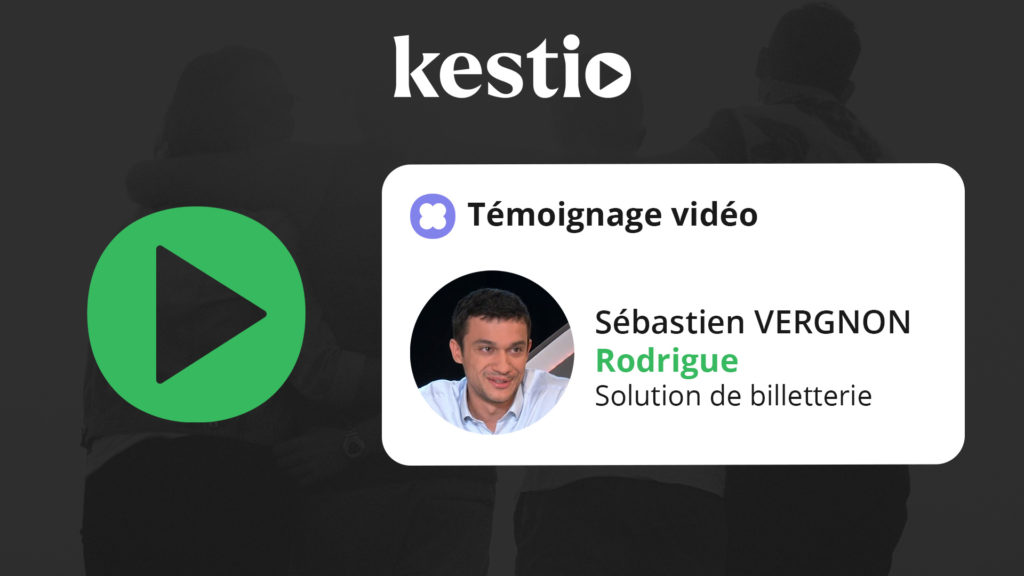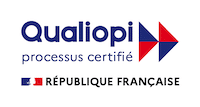Identifying the different stages that lead to a sale and defining the best internal organisation to achieve this raises many questions. It is therefore never an easy task... And it is all the more difficult for software publishers, whose economic and commercial model is currently undergoing an unprecedented review.
From "On Premise" to "Saas": after the technological leap, taking the commercial step
Defining the business model of a company is a bit like designing the engine of a car: if you neglect this step, you can give it all the fuel in the world afterwards, but it is not likely to move forward or win any races!
In other words, to place your solution at the top of the "EY-Syntech top 250" and before recruiting an armada of sales people ready to fight, make sure you know what they will have to do, and in what order!
A goal that is not insignificant in the specific context of software publishers...
If the advent of the Cloud was primarily a technological challenge with a strong business impact (developing or migrating solutions to SaaS mode), this was far from being its only impact.
The gradual shift from the "On Premise" model (based on the sale of a licence, often accompanied by a subscription to a maintenance service) to the "Saas" model (based on a monthly subscription) has profoundly changed the economy of companies in the sector.
The impact on their cash flow has been enormous: where previously they could count on a large cash inflow at the time of sale and then count on a long-term "rent" thanks to maintenance and updates, they now have to wait 3 to 4 years for a SaaS solution sold on a subscription basis to achieve a turnover equivalent to that of its "On Premise" version!
The time taken to make a solution profitable when it is launched on the market is therefore quite different from what it was before! Especially as the R&D costs of this transition must also be covered.
A new economic model has therefore been established. Without publishers having always taken the measure of the evolution that this also induces at the commercial level... However, in this field too, the change of direction represents a real challenge.
What is the best sales organisation for a software company today?
Of course, not all publishers are equal in terms of the integration of the Cloud into their offering and the maturity of the commercial transition that accompanies it. It is difficult to compare the situation of new entrants "born in the cloud" who are banking everything on their technological lead, with that of historical players who have taken the transition in stride...
What is certain is that even if the "On Premise" sector still dominates to this day (as a share of the overall turnover generated by the sector in France), the trend towards switching to SaaS is strong and irreversible.
And a subscription to a SaaS solution is not sold in the same way as licensed software: the characteristics (technical, usage, etc.) of the product sold are not the same, nor are the sales pitches. The pricing grids are totally different. The priority is gradually shifting from acquisition to customer loyalty. And online demos are changing the relationship with the buyer.
The digitisation of sales methods has gone hand in hand with the digitisation of the offer, and it is not only affecting the software industry.1 We have gradually seen the emergence of business models in which (Inbound) Marketing and Sales Automation are of prime importance. But paradoxically, publishers are not necessarily the most advanced on the subject... The famous "shoemaker with a bad shoe" syndrome!
With rare exceptions (pure cloud players), the transition is gradual and the model is mixed (both in terms of the solutions sold and the sales methods themselves), and even constantly evolving. With all the risks and uncertainties that this entails...
Software publishers are therefore faced with the need to rethink their business model on a case-by-case basis. To do so, they have to answer many questions, including
-
- On which offers should we put the maximum commercial effort (Saas, Licences, Maintenance...)?
The definition of priority customer targets, in particular, is a point to which it is useful to devote a lot of attention. Contrary to the intuitive approach that one might have in the first place (assigning "Gold" status to the customers who have generated the most sales to date), a methodical and structured approach aims to cross-reference several criteria (company size, sales generated, projects detected, etc.) in order to determine the development potential that each customer represents for you, the probability that you have of selling your products and services to them in the future. And to establish the ranking of your targets on the basis of this criterion.
Taking a little time to define a "Gold, Silver and Bronze" customer typology will enable you to gain enormously in terms of efficiency of commercial prospecting, improvement in the rate of transformation of business pursued, and therefore, in fine, in turnover generated... At the same time, this work will be the basis for a clear and coherent distribution of the portfolio of prospects and customers between your different sales representatives.
This substantive process needs to be structured and methodical, to ensure that the right choices are made. Ideally, it should also be possible to test these choices and to go back and forth between the field and the decision-making process.
This is what the KESTIO Live solution offers you: a complete approach to all areas of reflection, a structured methodology to avoid "holes in the carpet" and long-term support to implement the defined strategy and to make it evolve as closely as possible to your needs and objectives.
Once you have done this work, setting up an effective sales organisation becomes much more obvious (which you will discover in our next article). And your car can start the race with the best chances!
To go further and learn more about the notion of social selling, and the different tools related to communication; you can watch this webinar:




